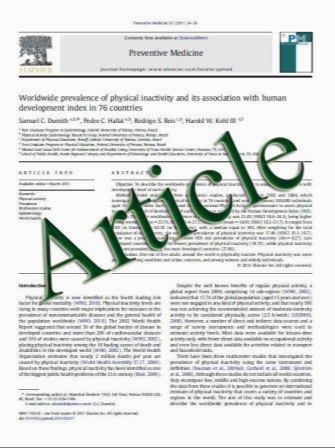The diagnostic suitability of a xerostomia questionnaire and the association between xerostomia, hyposalivation and medication use in a group of nursing home residents
- نوع فایل : کتاب
- زبان : انگلیسی
- مؤلف : Gert-Jan van der Putten ,Henk S. Brand ,Jos M. G. A. Schols ,Cees de Baat
- چاپ و سال / کشور: 2010
Description
The study objective was to explore the diagnostic suitability of the Xerostomia Inventory and the association between xerostomia, hyposalivation and medication use in a group of nursing home residents. A cross-sectional study was carried out in 50 physically impaired nursing home residents (20 men) with a mean age of 78.1 years (range, 53–98) in The Netherlands. The Xerostomia Inventory- Dutch version was completed for all residents and the data were subjected to exploratory factor analysis to determine the diagnostic suitability. Residents’ data on xerostomia, whole saliva secretion rates and hyposalivation-related medications used were collected and statistically analyzed. The diagnostic suitability of the Xerostomia Inventory- Dutch version appeared restricted. The prevalence of xerostomia was 52%, without gender and age difference. The prevalence of hyposalivation was 24% for resting, 60% for chewing-stimulated and 18% for acid-stimulated whole saliva. All whole saliva secretion rates were significantly lower in women than in men and in older than in younger residents. Forty-four percent of all medications used were hyposalivation-related and women used significantly more medications than men. Xerostomia was significantly negatively correlated with the resting whole saliva secretion rate. The number of hyposalivation-related medications used was not significantly correlated with the various whole saliva secretion rates. In nursing home residents, xerostomia, hyposalivation and using hyposalivation-related medications seem common and partially associated features.
Clin Oral Invest (2011) 15:185–192 DOI 10.1007/s00784-010-0382-1 Received: 3 August 2009 / Accepted: 7 January 2010 / Published online: 18 February 2010


